Today we will be looking at the kind of hammer effect that impacts industrial fluid applications.
The hammer effect (or water hammer) can harm valves, pipes, and gauges in any water, oil, or gas application. It occurs when the liquid pressure is turned from an on position to an off position abruptly.
When water or a liquid is flowing at full capacity there is a normal, even sound of the flow. You can tell when water hammer occurs because there will typically be a big thump sound or a series of thudding noises.
That noise is the impact of the entire train of water coming to a quick halt creating a shock wave.
In the case of pressure gauges, this shock causes a spike that can damage the gauge even if the gauge is the correct pressure range for the particular flow application.
Ordinarily pressure systems should have air chambers (or cushions) installed that soften the impact and prevent the hammer effect.
Essentially, an air chamber is a vertical section of piping with a cap on the end that is attached to the supply line near the shutoff valve. It is filled with air that absorbs the force of the fast-moving liquid by compressing within the chamber. However, sometimes those chambers can fail.
To further combat the effects of water hammer you can utilize a water hammer arrester. Other tools you could use are a pulsation dampener, surge suppressor, or a pressure snubber.
The idea of each of these tools is the same: to dampen or reduce the effect of the fast-moving liquid.
Another way to help reduce the hammer effect in some scenarios is to turn off the flow of liquid gradually instead of turning the valve or faucet abruptly.
Most pressure systems will eventually have water hammer issues. So it is important to plan ahead and take steps to prevent water hammer to preserve your gauges, valves, and pipes.
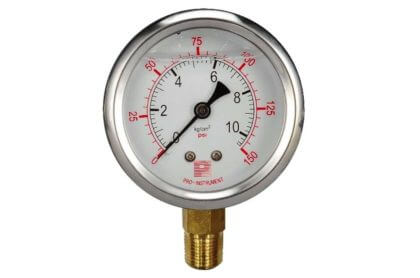

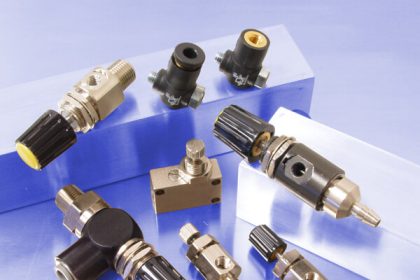
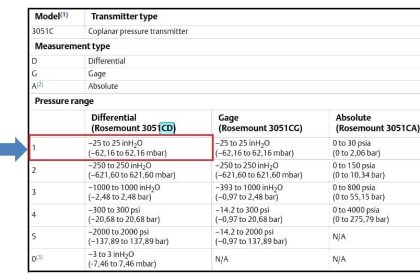
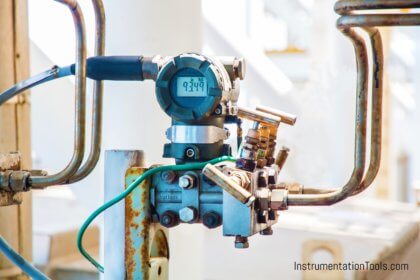
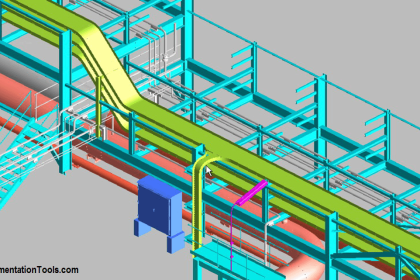
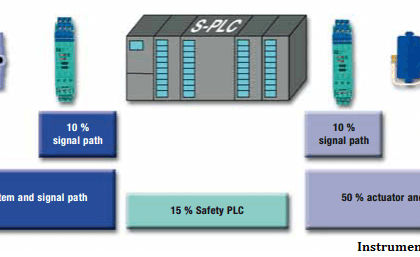

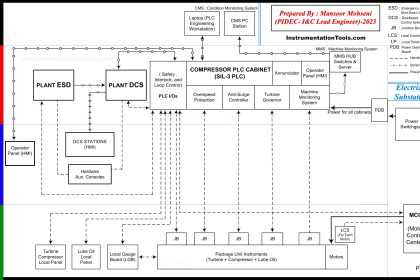
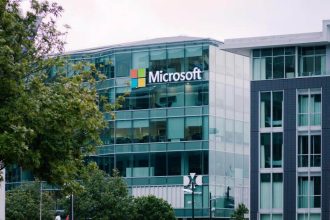

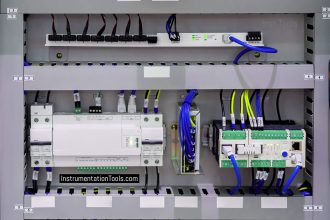
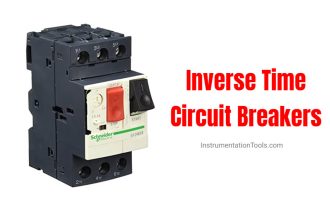
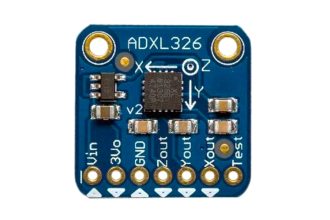

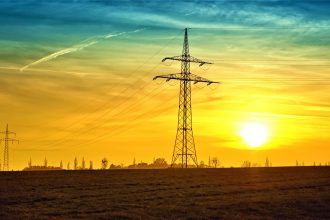
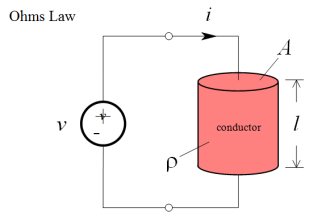

I m really interesting about this program, are you offering online course for PLC programming.